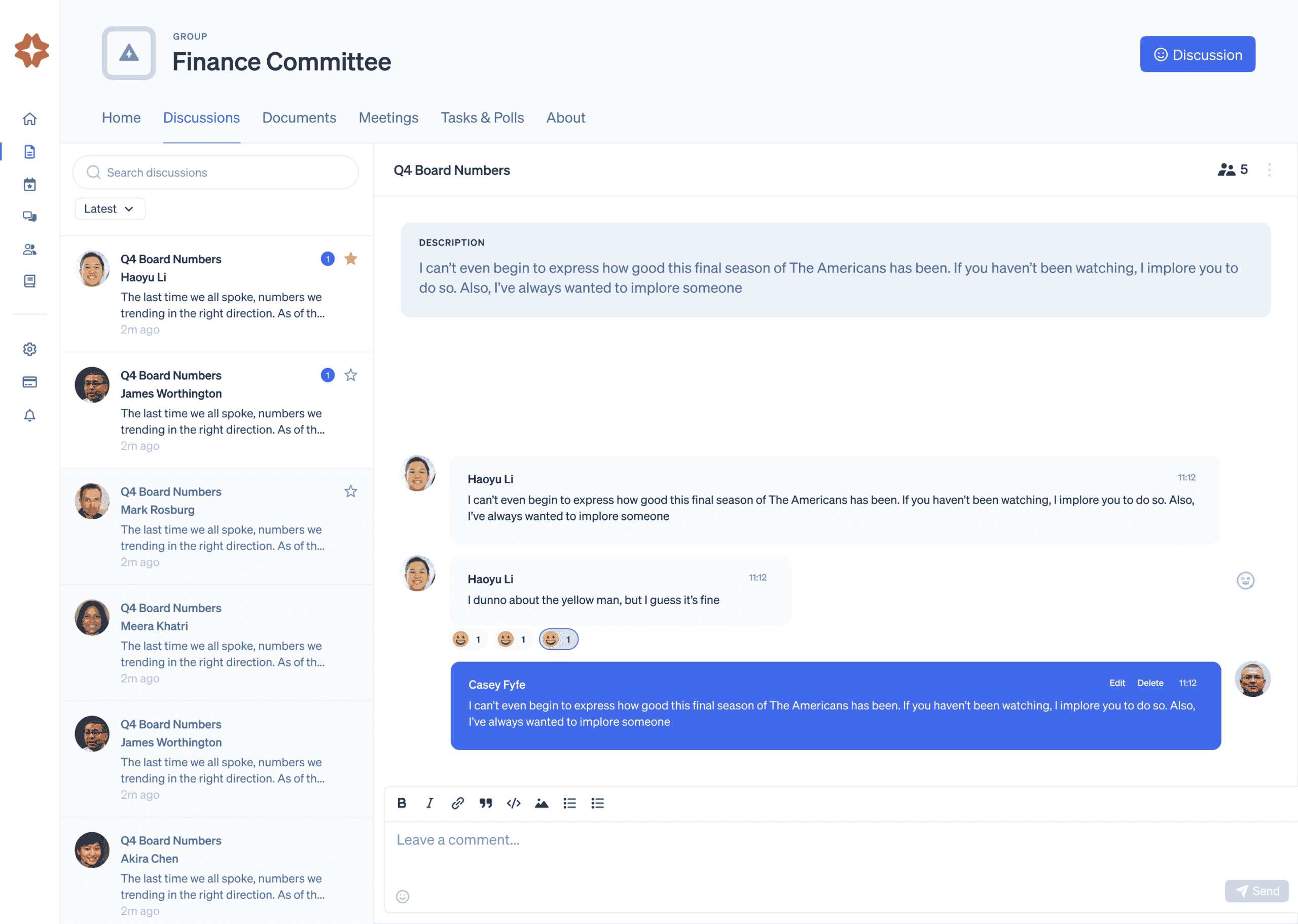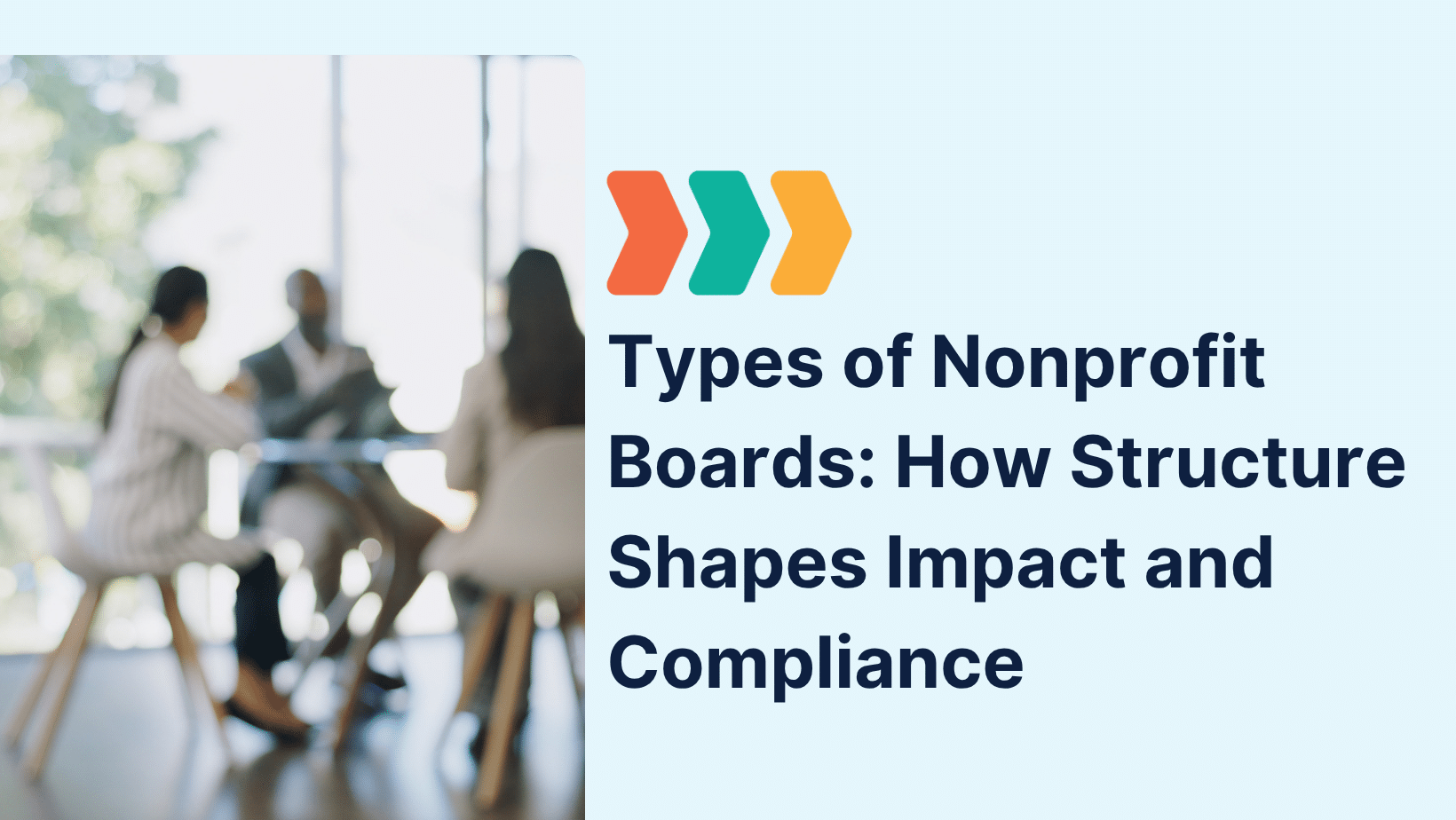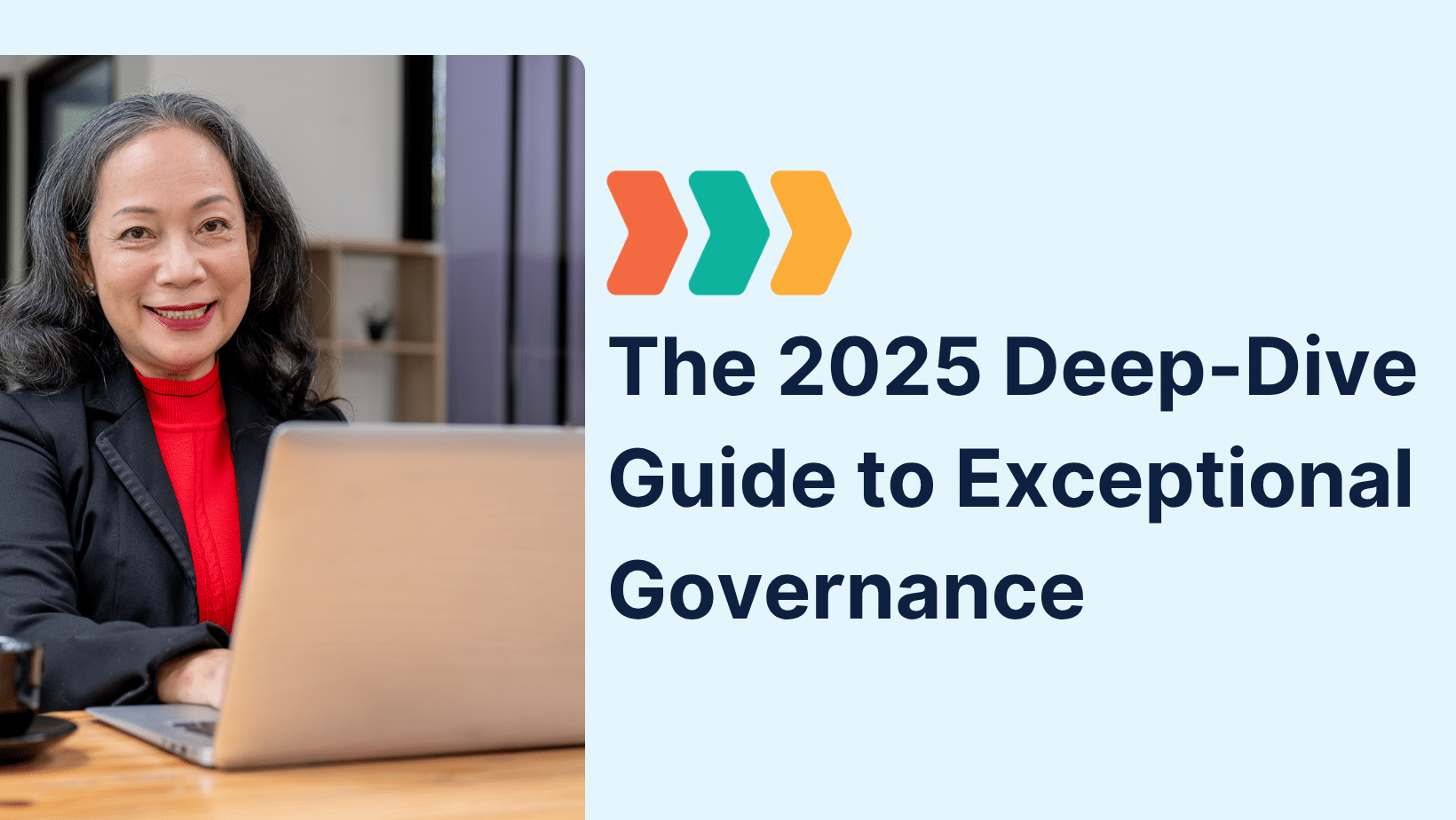Engaging your board members effectively is crucial for a thriving nonprofit organization. Active board engagement fosters stronger governance, drives impactful decision-making, and ensures alignment with the organization’s mission. But how can you keep board engagement consistently high? This guide explores innovative strategies and actionable ideas to inspire participation and commitment. By focusing on intentional practices and creating a culture of connection, nonprofits can unlock their board’s full potential.
Why Board Engagement Matters
Board engagement is more than just showing up for meetings. It’s about cultivating a dynamic and participatory culture where every board member feels valued and empowered to contribute. When engaged, boards become a powerful force driving the organization’s mission forward. High engagement translates into:
- Better decision-making: Engaged boards bring diverse perspectives and expertise to the table, resulting in more thoughtful and informed choices.
- Stronger advocacy: When board members are passionate about the organization, they naturally become enthusiastic ambassadors who spread the word and build relationships.
- Improved accountability: Engaged members take their governance roles seriously, ensuring transparency, compliance, and overall organizational health.
Moreover, an engaged board helps build trust within the organization and its stakeholders. This trust lays the foundation for long-term success and meaningful impact.
8 Signs You Need to Re-Evaluate Your Board Engagement Strategy
If you’ve noticed a decline in board engagement, it may be time to rethink your approach. Even before you directly ask board members about their engagement, there are several hints that indicate that board members are losing interest. Individuals who are not fully enthralled in their work may:
- Delay or even forget to carry out planned tasks. Each board member is responsible for carrying their own weight. When one person forgets to complete their assignments, it can throw everyone else off and delay organizational progress.
- Become bottlenecks, slowing board or committee momentum. A disengaged board member can become passive and stop generating new ideas. This general lack of engagement is contagious, diminishing others’ momentum in the boardroom. This domino effect can impact the nonprofit’s initiatives.
- Forget to review meeting documents in advance. Reviewing documents ahead of time allows board members to come prepared with thoughtful insights and questions. Otherwise, everyone’s time will be wasted as ill-prepared board members struggle to skim documents during the meeting.
- Become spectators at meetings. Meetings are when your team brainstorms ways to maximize organizational impact, and poor participation levels can decrease productivity and negatively influence other attendees’ enthusiasm.
- Lose track of communication threads. Those who aren’t entirely engaged seldom feel motivated to respond between meetings, which can ultimately hold your entire team up when pursuing important initiatives.
- Ratchet down their donations or fundraising energy. Fundraising may be one of your board’s core responsibilities, and a passive approach won’t cut it. Poor board engagement may lead to a decline in revenue if your board members don’t step up to the plate with plenty of enthusiasm.
- Let public relations and promotional efforts lapse. Board members are the frontline advocates for your mission, and positive public relations will help your team flourish by increasing visibility for all the impactful work you’re doing.
- Miss fundraisers and key events. When it comes to fundraisers and special events, board members must show up and actively encourage participation. After all, it’s challenging to garner support amongst the general public when those closest to the organization aren’t seen showing support.
As you can see, a disengaged board can do more harm than good. Not only will someone’s lack of enthusiasm affect their own work, but it’ll also impact their fellow board members and the organization as a whole. This domino effect can ultimately work against your mission.
To combat these detrimental challenges, let’s jump into several board engagement strategies that your team can easily implement.
Strategies to Increase Board Engagement
1. Set Clear Expectations
From the start, it is vital to set clear and achievable expectations for board members. Providing a comprehensive board handbook can be a game-changer. This handbook should outline everything members need to know, such as meeting attendance requirements, their role in fundraising, and their responsibilities in committee participation. When expectations are transparent, board members are more likely to stay committed and actively contribute to the organization’s goals.
2. Foster Personal Connections
Strong personal connections among board members can significantly improve their collaboration and engagement. You can build these connections by hosting informal gathering outside regular meetings, where members can get to know one another in a relaxed setting. Pairing new members with experienced mentors is another effective way to create bonds and ease the onboarding process. Incorporating fun and lighthearted icebreaker activities at the start of meetings can also help build camaraderie and a sense of belonging.
3. Leverage Technology for Communication
Modern board management tools can revolutionize the way boards communication and operate. Using board portals and management software solutions can centralize document sharing, streamline meeting scheduling, and simplify task assignment. These tools make it easy for members to stay informed and organized, which in turn boosts their engagement. When communication flows smoothly, members feel more connected to the mission and more equipped to contribute effectively.
4. Recognize and Celebrate Contributions
Everyone appreciates recognition, and board members are no exception. Acknowledging their time and efforts can go a long way in maintaining high engagement levels. During meetings, take time to highlight specific accomplishments and contributions. Sending personalized thank-you notes or emails is another thoughtful ways to show your appreciation. To take it a step further, consider implementing an annual awards program to celebrate standout members and their exceptional efforts.
5. Provide Ongoing Education
Board members need continuous learning opportunities to stay informed and effective in their roles. Offer workshops on governance best practices and host webinars that delve into industry trends. Providing access to high-quality resources and training materials can empower members to enhance their skills and deepen their understanding of the nonprofit’s mission and challenges. When board members feel equipped with knowledge, they are more confident and proactive.
6. Make Meetings Engaging
Transforming meetings into engaging, productive sessions can make a big difference in board member participation. Start by sharing your meeting agendas well in advance so members can prepare. During the meetings, include interactive elements such as live polls, breakout discussions, or brainstorming sessions to keep everyone actively involved. Also, be mindful of time by keeping meetings concise and focused on essential topics to respect members’ busy schedules.
7. Align Engagement with Interests
Understanding what drives each board member’s passion is key to fostering their active participation. Assign roles and responsibilities that align with their skills and interests. For example, a member with a financial background might thrive on the audit committee, while a creative thinker could make a significant impact in marketing efforts. Tailoring responsibilities to individual strengths not only increases engagement but also ensures that board members feel fulfilled and valued.

Long-Term Board Engagement Ideas
Develop a Board Engagement Plan
A structured engagement plan is essential for sustaining board member involvement over time. Start by defining clear goals that align with your organization’s mission and strategic priorities. Your engagement plan should include measurable objectives, such as improving meeting attendance, increasing participation in fundraising initiatives, or enhancing communication among members. Setting key performance indicators (KPIs) will help track progress and ensure accountability.
Another critical element is creating a timeline for specific initiatives, such as annual retreats, team-building events, or regular training sessions. These activities provide opportunities for members to connect, recharge, and stay aligned with the organization’s vision. Tailoring the plan to the unique needs of your board of directors will maximize its effectiveness.
Conduct Regular Assessments
Maintaining high levels of board engagement requires ongoing evaluation. Surveys are an excellent way to gather candid feedback on what’s working and what could be improved. Ask members about their experiences, challenges, and suggestions for enhancing their roles. Follow up with one-on-one check-ins to gain deeper insights and shoe that their input is valued.
Additionally, track metrics like attendance rates, participation in committees, and contributions to fundraising efforts. These data points can highlight areas of success and identify opportunities to growth. Regular assessments not only keep the board on track but also demonstrate your commitment to fostering a positive and productive environment.
Board Engagement Activities for Nonprofits
Virtual Town Halls
Hosting virtual town halls is an excellent way to keep board members informed and engaged. These sessions provide a platform for discussing organizational updates, upcoming initiatives, and pressing challenges. Encouraging open dialogue allows members to share their perspectives and feel more connected to the mission. Virtual town halls are particularly valuable for boards with members spread across different locations.
Mission Moments
Incorporating mission moments into meetings is a simple yet powerful way to remind board members why their work matters. Dedicate a few minutes to sharing impactful stories from beneficiaries, showcasing the real-world difference your organization is making. These moments inspire and motivate members, reinforcing their commitment to the cause.
Volunteer Days
Organize volunteer opportunities where board members can actively participate in your programs. Whether it’s serving meals, planting gardens, or mentoring participants, these hands-on experiences deepen their connection to the organization’s work. Volunteer days also create bonding opportunities among board members, fostering a stronger sense of teamwork and collaboration.
Effective board engagement is a continuous process that requires intentionality and creativity. By developing a structured engagement plan, evaluating efforts regularly, and incorporating activities that inspire and connect members, nonprofits can foster a committed and energized board. This proactive approach ensures your organization has the support and leadership needed to achieve its mission and make a lasting impact.
Remember, the last thing you want is a bored board. All that does is waste their valuable potential!
Board engagement all starts with onboarding experience and it never truly ends until their terms are up. Unfortunately, there are no shortcuts to building and maintaining a well-attuned board, but the right board management tools will certainly help. From monthly meeting planning to daily communications, Boardable empowers nonprofit board members like yours with highly effective tools, so your team can focus on leading, not just managing. Learn more today!




